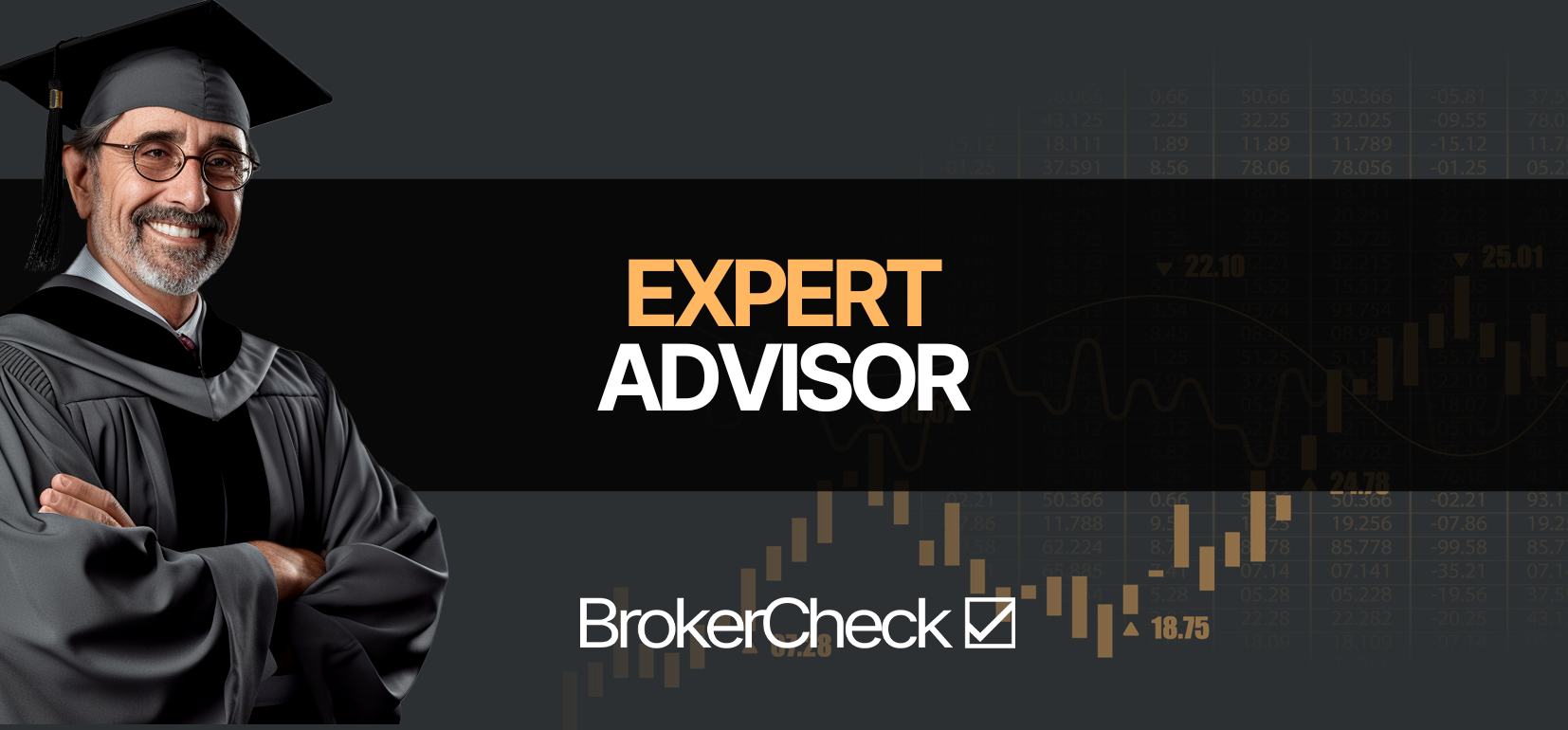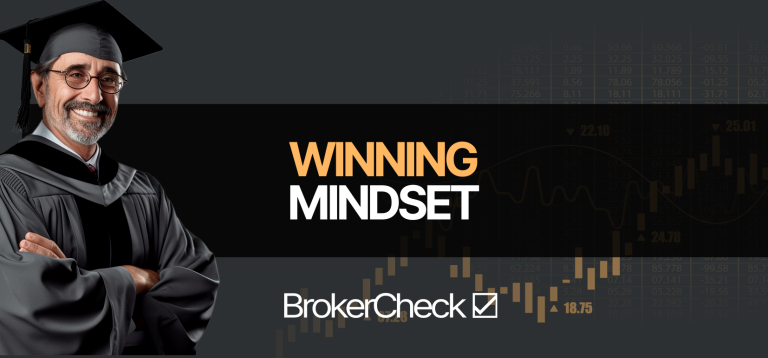Understanding Expert Advisors (EAs)
Before you start using EAs, you need to have a basic understanding of what they are and how they function. EAs are also known as trading robots, forex robots, or algorithmic trading systems. They are software programs that can be attached to a trading platform, such as MetaTrader, and execute trades automatically according to predefined criteria.
There are different types of EAs, depending on the trading style, strategy, and market that they are designed for. Some of the most common types of EAs are:
- Trend-following EAs: These EAs follow the direction of the dominant market trend, using indicators such as moving averages, trend lines, or chart patterns. They aim to capture large price movements and avoid trading against the trend.
- Scalping EAs: These EAs trade frequently and for short durations, usually a few minutes or seconds. They exploit small price fluctuations and aim to generate consistent profits with low risk. They require high-speed execution and low spreads.
- Breakout EAs: These EAs trade when the price breaks out of a consolidation range, such as a support or resistance level, a channel, or a triangle. They anticipate that the breakout will lead to a significant price movement and a new trend.
- Reversal EAs: These EAs trade when the price reverses from a previous trend, using indicators such as oscillators, divergence, or candlestick patterns. They aim to catch the turning points of the market and profit from the change in direction.
- Grid EAs: These EAs place multiple orders at fixed intervals above and below the current price, creating a grid. They profit from the price fluctuations within the grid, regardless of the market direction. They often use a martingale system, which means doubling the position size after a loss, to recover the losses.
- Hedging EAs: These EAs use hedging strategies, such as opening opposite positions on the same or correlated instruments, to reduce the risk and exposure of the portfolio. They aim to balance the profits and losses of the trades and protect the capital.
EAs work by interacting with the trading platform and the market data. They receive the price quotes, indicators, and other relevant information from the platform, and use them to analyze the market and generate trading signals. They then send the orders to the platform, which executes them on the market. EAs can also modify, close, or cancel the orders, depending on the market conditions and the EA logic.
EAs have some common features and functionalities that make them useful and convenient for traders. Some of these are:
- Entry/exit criteria: EAs have specific rules and conditions for opening and closing trades, such as price levels, indicators, time frames, or news events. These criteria can be adjusted and customized by the user, depending on their preferences and goals.
- Risk management: EAs have built-in mechanisms for managing the risk and exposure of the trades, such as stop-loss, take-profit, trailing stop, or breakeven. These parameters can also be modified and optimized by the user, depending on their risk tolerance and strategy.
- Backtesting: EAs can be tested and evaluated on historical data, using a feature called backtesting. This allows the user to see how the EA would have performed in the past, and measure its profitability, reliability, and robustness. Backtesting can also help the user to fine-tune and improve the EA parameters and settings.
- Optimization: EAs can be optimized and enhanced using a feature called optimization. This allows the user to find the best combination of EA parameters and settings, using a range of values and criteria. Optimization can help the user to maximize the EA performance and efficiency, and avoid overfitting and curve-fitting.
| Feature | Description | Example |
|---|---|---|
| Entry/exit criteria | Rules and conditions for opening and closing trades | Buy when the price crosses above the 50-period moving average and sell when it crosses below it |
| Risk management | Mechanisms for managing the risk and exposure of the trades | Set a stop-loss at 20 pips and a take-profit at 40 pips |
| Backtesting | Testing and evaluating the EA on historical data | Run the EA on the EUR/USD 1-hour chart from January 2020 to December 2020 |
| Optimization | Finding the best combination of EA parameters and settings | Find the optimal values for the moving average period, the stop-loss, and the take-profit |
Using EAs Effectively
Now that you have a basic understanding of what EAs are and how they work, you might be wondering how to use them effectively to boost your trading results. EAs can be a powerful tool for traders, but they also require some knowledge, skill, and involvement from the user. Here are some steps and tips for using EAs successfully:
- Selecting the right EA for your trading style and goals: The first step is to choose an EA that suits your trading preferences, objectives, and personality. You need to consider factors such as your risk tolerance, experience level, time availability, and market knowledge. You also need to research the EA’s performance, reputation, and reviews, and avoid scams and unrealistic promises. You can find EAs from various sources, such as online platforms, marketplaces, forums, or developers.
- Backtesting and optimizing EAs before deployment: The second step is to test and evaluate the EA before using it on a live account. You need to use the backtesting and optimization features of the trading platform, and analyze the EA’s results, statistics, and metrics. You need to look for indicators of profitability, reliability, and robustness, such as the net profit, the drawdown, the win rate, the profit factor, and the Sharpe ratio. You also need to optimize the EA’s parameters and settings, and find the optimal values for your trading style and goals.
- Risk management strategies for EA trading: The third step is to apply sound risk management principles and practices to your EA trading. You need to set realistic and achievable goals, and define your risk-reward ratio, your position size, and your maximum loss per trade, day, and week. You also need to use appropriate stop-loss, take-profit, and trailing stop levels, and adjust them according to the market conditions and the EA logic. You need to monitor your EA’s performance and exposure, and review your trading history and statistics regularly.
- Monitoring and adjusting EAs based on market conditions: The fourth step is to actively monitor and adjust your EAs based on the market conditions and the EA performance. You need to be aware of the market trends, volatility, and events, and how they affect your EA’s behavior and results. You also need to be ready to intervene, modify, or pause your EAs, if necessary, to protect your capital and profits. You need to keep in mind that EAs are not infallible, and they may require some human input and supervision.
| Step | Tip | Example |
|---|---|---|
| Selecting the right EA | Choose an EA that suits your trading preferences, objectives, and personality | If you are a conservative and long-term trader, you might prefer a trend-following EA over a scalping EA |
| Backtesting and optimizing EAs | Test and evaluate the EA on historical data, and optimize its parameters and settings | If you are using a moving average EA, you might want to backtest it on different time frames, and optimize the moving average period |
| Risk management strategies | Apply sound risk management principles and practices to your EA trading | If you are using a grid EA, you might want to set a maximum number of orders, and a stop-loss for the whole grid |
| Monitoring and adjusting EAs | Monitor and adjust your EAs based on the market conditions and the EA performance | If you are using a breakout EA, you might want to pause it during major news events, or increase the trailing stop during high volatility |
Advanced Tips & Considerations
If you have followed the previous steps and tips, you should be able to use EAs effectively and profitably. However, if you want to take your EA trading to the next level, you might want to explore some advanced options and considerations. EAs are not only a tool, but also a field of study and innovation, and there are many possibilities and opportunities for learning and improvement. Here are some of the advanced topics and issues that you might want to consider:
Customization options for advanced users
If you have some coding knowledge and skills, you might want to customize your EAs, or even create your own EAs from scratch. This can give you more control, flexibility, and creativity over your EAs, and allow you to implement your own ideas and strategies. You can use the programming languages and tools that are compatible with your trading platform, such as MQL4 or MQL5 for MetaTrader. You can also use external libraries and frameworks, such as Python or TensorFlow, to enhance your EAs with machine learning and artificial intelligence capabilities.
Popular platforms and communities for EA development and sharing
If you want to learn more about EA development and coding, or if you want to share your EAs with other traders and developers, you might want to join some of the popular platforms and communities that are dedicated to EA trading. Some of these are:
- MQL5: This is the official website and community for MetaTrader users and developers. You can find thousands of EAs, indicators, scripts, and signals for MetaTrader 4 and 5, as well as articles, tutorials, forums, and contests related to EA development and trading.
- Forex Factory: This is one of the largest and most active forex trading forums in the world. You can find many threads and discussions about EAs, strategies, systems, and indicators, as well as reviews, feedback, and suggestions from other traders and developers.
- Myfxbook: This is a social trading network and platform that allows you to track, analyze, and share your trading results and statistics. You can also compare and copy EAs, signals, and strategies from other traders and developers, and participate in contests and challenges.
- ZuluTrade: This is a social trading platform that allows you to follow and copy EAs, signals, and strategies from other traders and developers around the world. You can also create and share your own EAs, signals, and strategies, and earn commissions from your followers.
Potential limitations and risks of relying solely on EAs: While EAs can offer many benefits and advantages for traders, they also have some limitations and risks that you need to be aware of and prepared for. Some of these are:
- Technical issues: EAs depend on the proper functioning of the trading platform, the internet connection, the server, and the hardware. Any malfunction, disruption, or failure of these components can affect the EA’s performance and results, and cause losses or missed opportunities. You need to have a reliable and secure trading environment, and backup plans and solutions in case of technical problems.
- Over-optimization: EAs can be optimized and fine-tuned to achieve the best performance and results on historical data. However, this can also lead to over-optimization, which means fitting the EA too closely to the past data, and losing its adaptability and robustness to the future data. You need to avoid over-optimization and curve-fitting, and use realistic and reasonable parameters and settings for your EAs.
- Market changes: EAs are based on predefined rules and algorithms that may not account for all the possible scenarios and situations that can occur in the dynamic and complex financial markets. The market conditions and trends can change rapidly and unexpectedly, and affect the EA’s performance and results. You need to monitor and adjust your EAs according to the market changes, and use multiple EAs and strategies to diversify your portfolio and reduce your risk.
Ethical considerations and responsible trading practices
Finally, you need to consider the ethical and moral implications and consequences of using EAs for trading. EAs can have a significant impact on the market, the economy, and the society, and you need to be aware of your role and responsibility as a trader and a developer. Some of the ethical issues and questions that you might want to consider are:
- Transparency: How transparent and honest are you about your EA trading and development? Do you disclose and explain your EA’s logic, parameters, and performance to your followers, clients, or regulators? Do you respect and comply with the rules and regulations of your trading platform, broker, and jurisdiction?
- Fairness: How fair and ethical are your EA’s strategies and methods? Do you use any deceptive, manipulative, or fraudulent techniques or practices, such as latency arbitrage, spoofing, or front-running? Do you respect and protect the rights and interests of other traders and market participants?
- Sustainability: How sustainable and beneficial are your EA’s outcomes and impacts? Do you consider the long-term effects and implications of your EA trading and development on the market, the economy, and the society? Do you contribute to the advancement and innovation of the trading industry and the financial sector?
| Topic | Description | Example |
|---|---|---|
| Customization options | Options for customizing or creating EAs with coding knowledge and skills | Use MQL5 to code your own trend-following EA for MetaTrader 5 |
| Popular platforms and communities | Platforms and communities for learning and sharing EAs, signals, and strategies | Join Forex Factory to discuss and review EAs with other traders and developers |
| Potential limitations and risks | Limitations and risks of relying solely on EAs for trading | Avoid over-optimization and curve-fitting of your EAs on historical data |
| Ethical considerations and responsible trading practices | Ethical issues and questions related to EA trading and development | Disclose and explain your EA’s logic, parameters, and performance to your followers, clients, or regulators |











